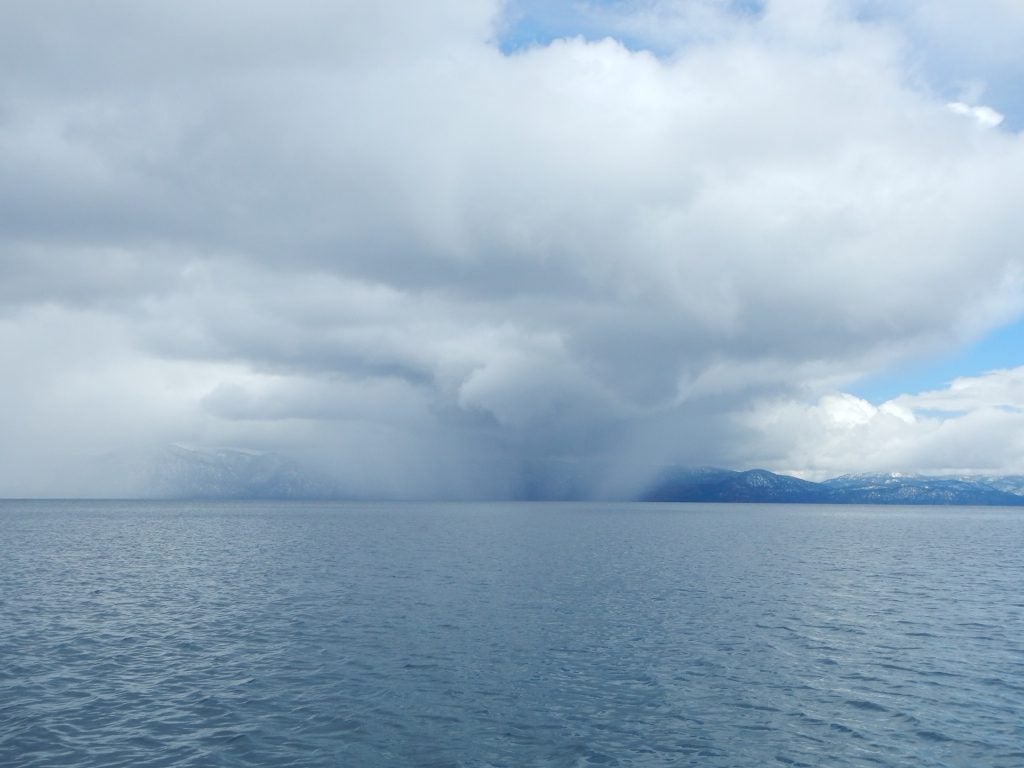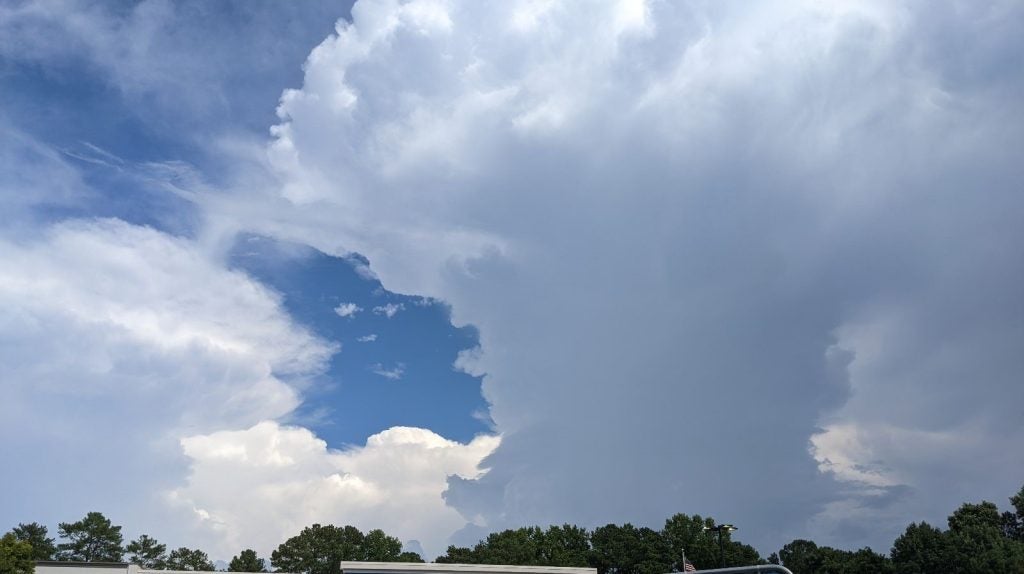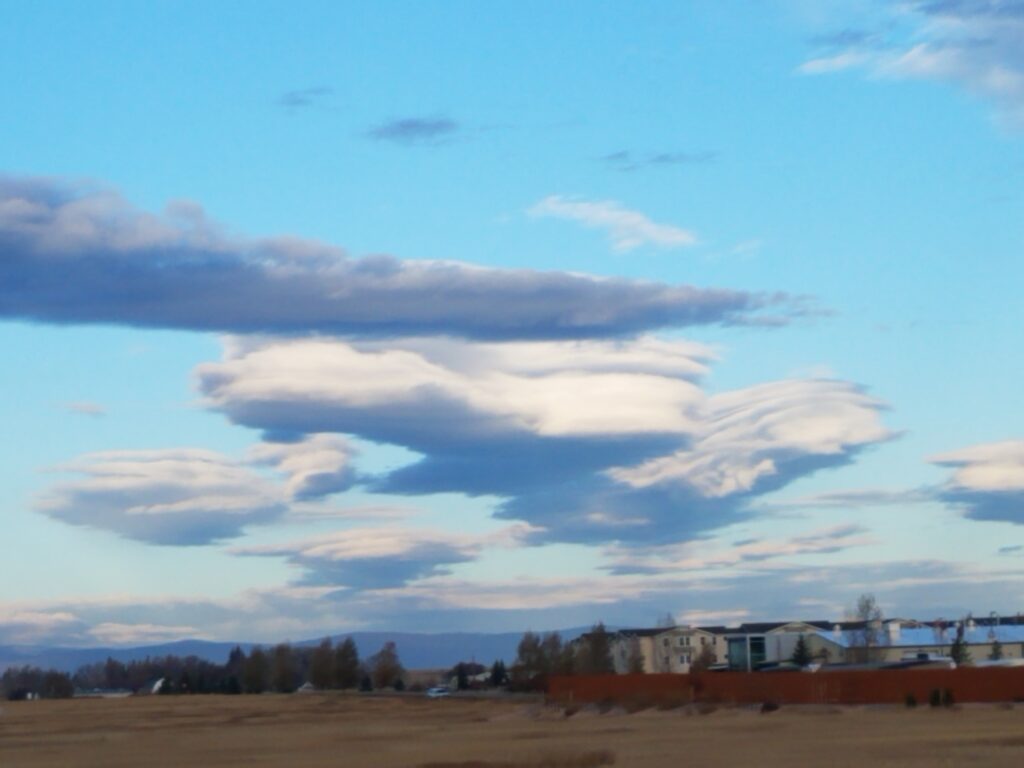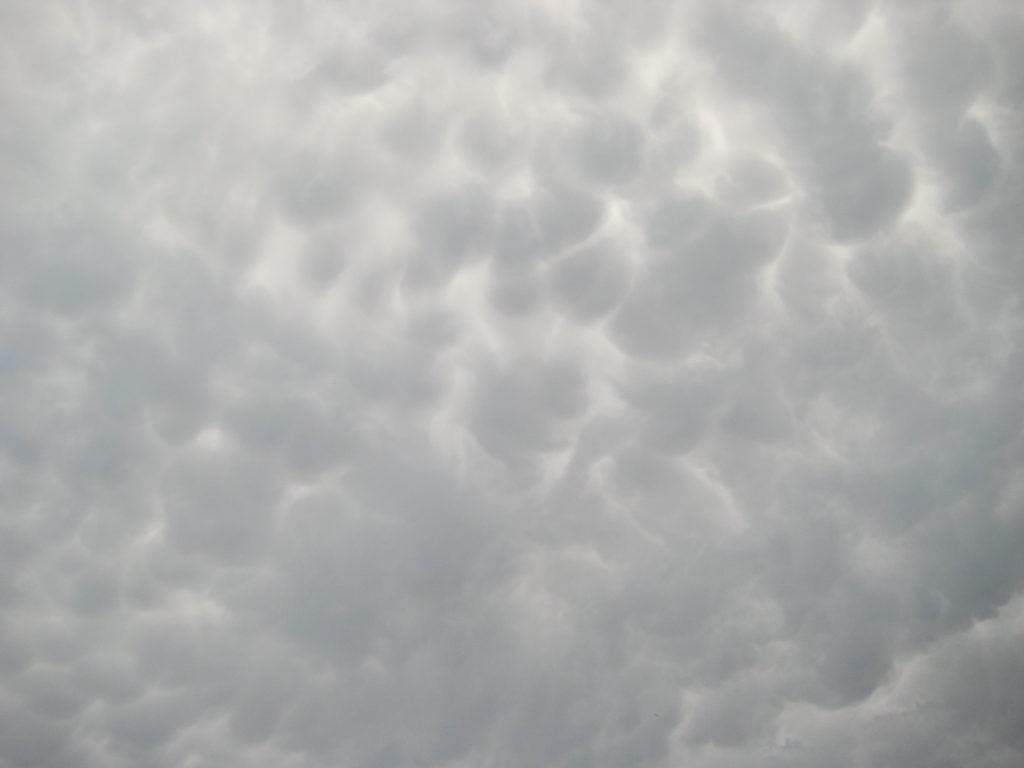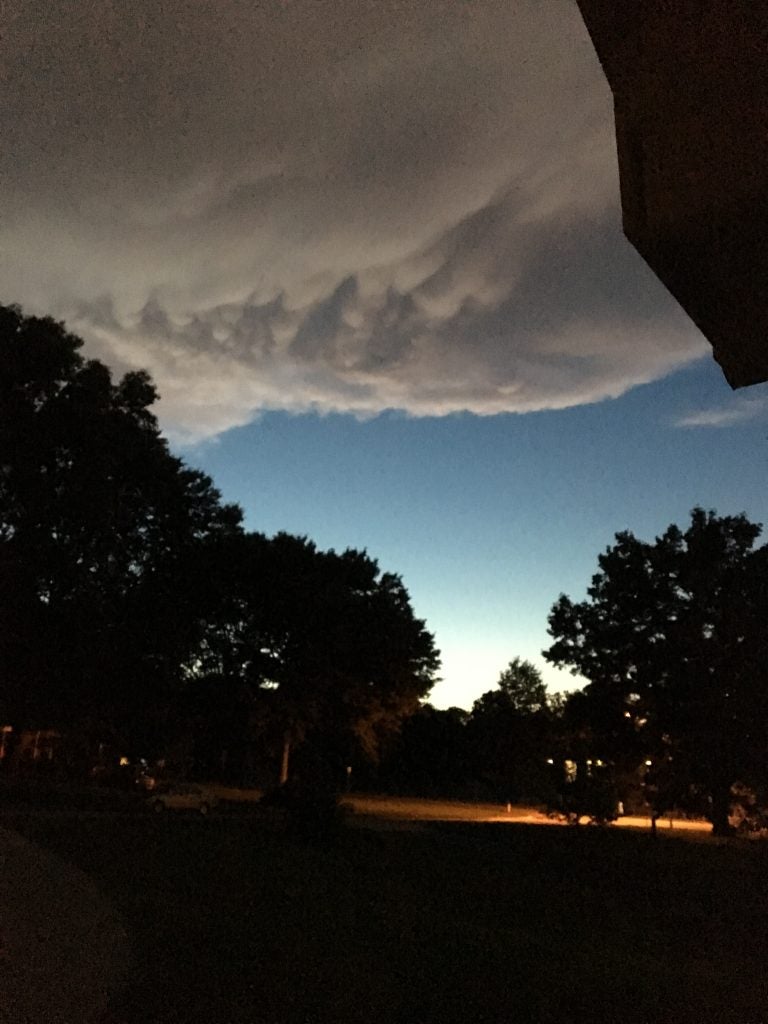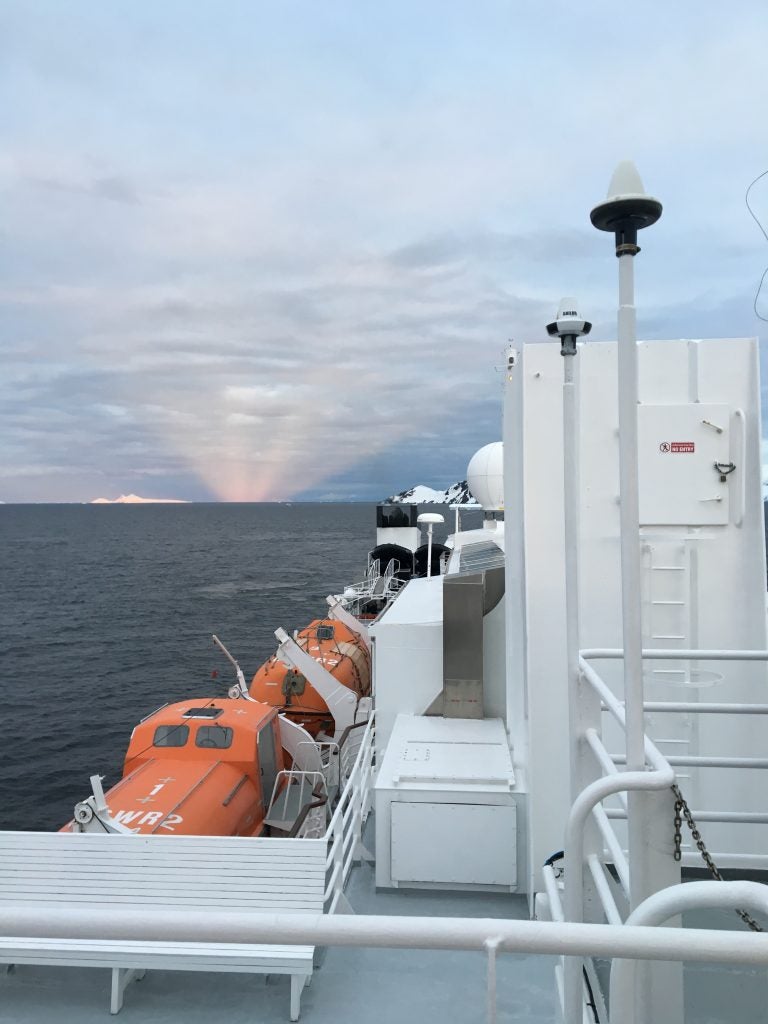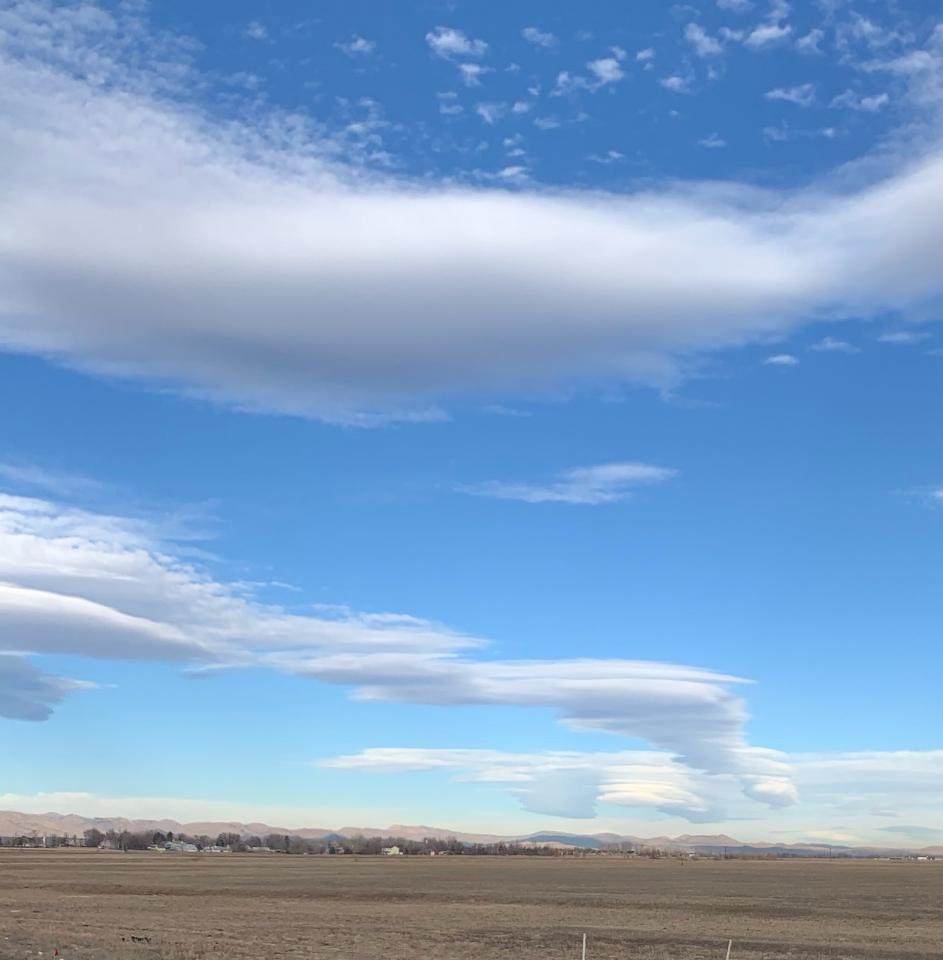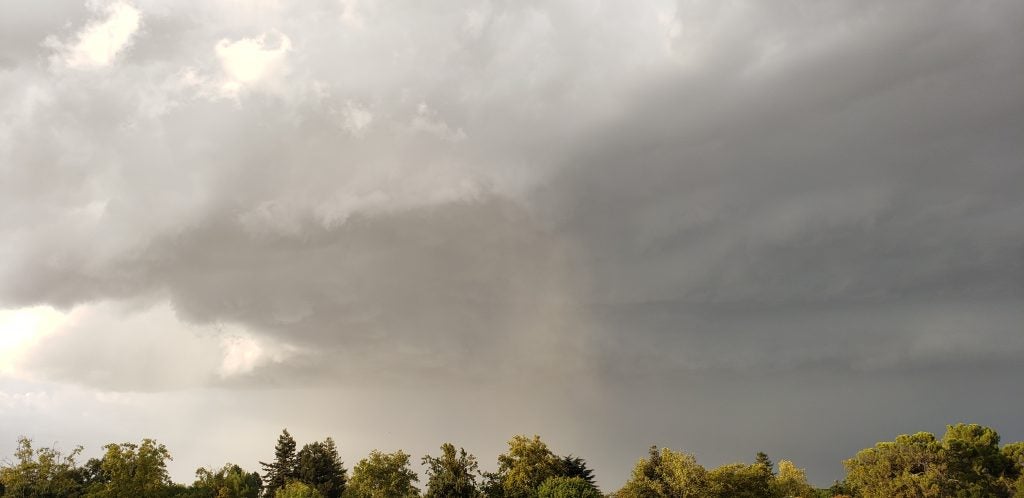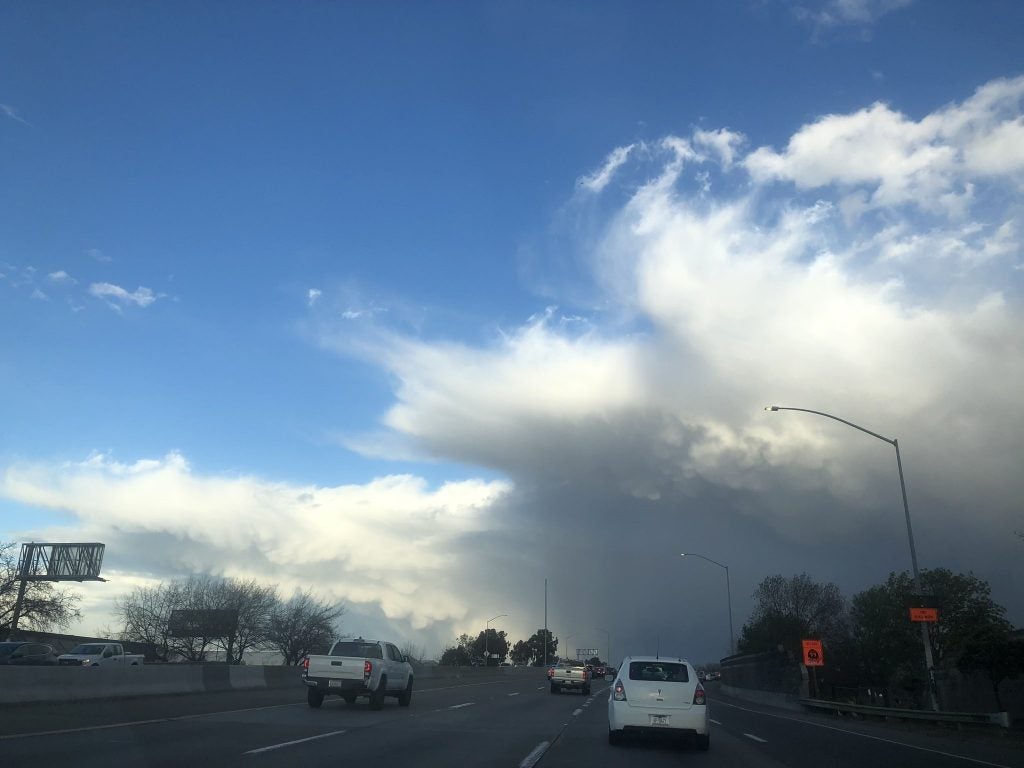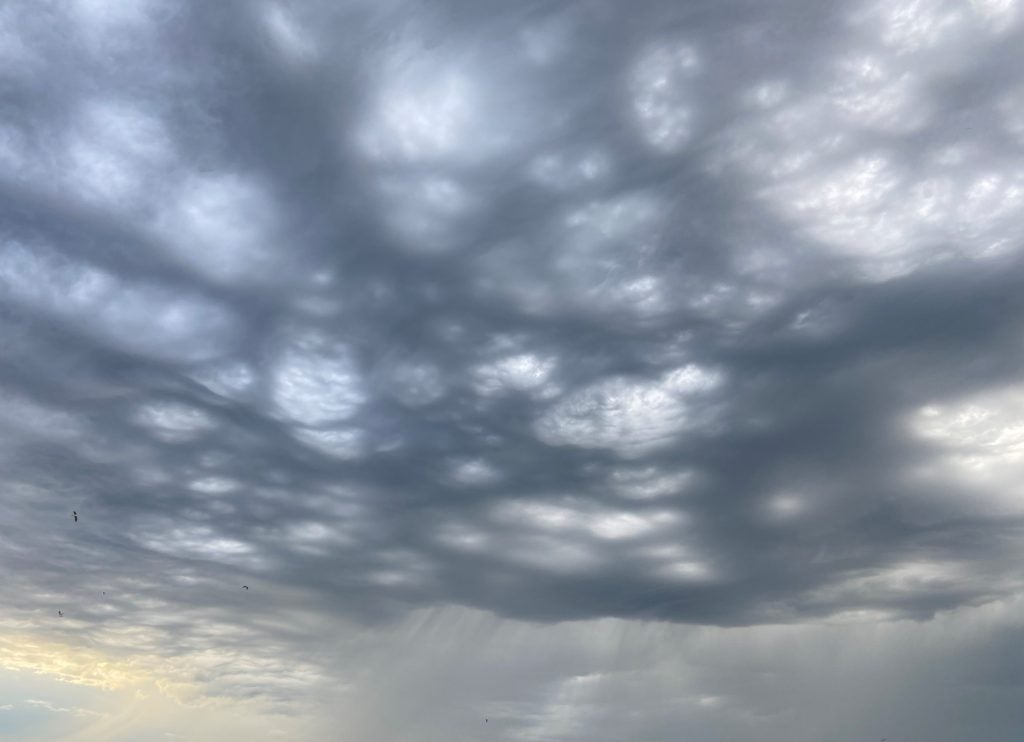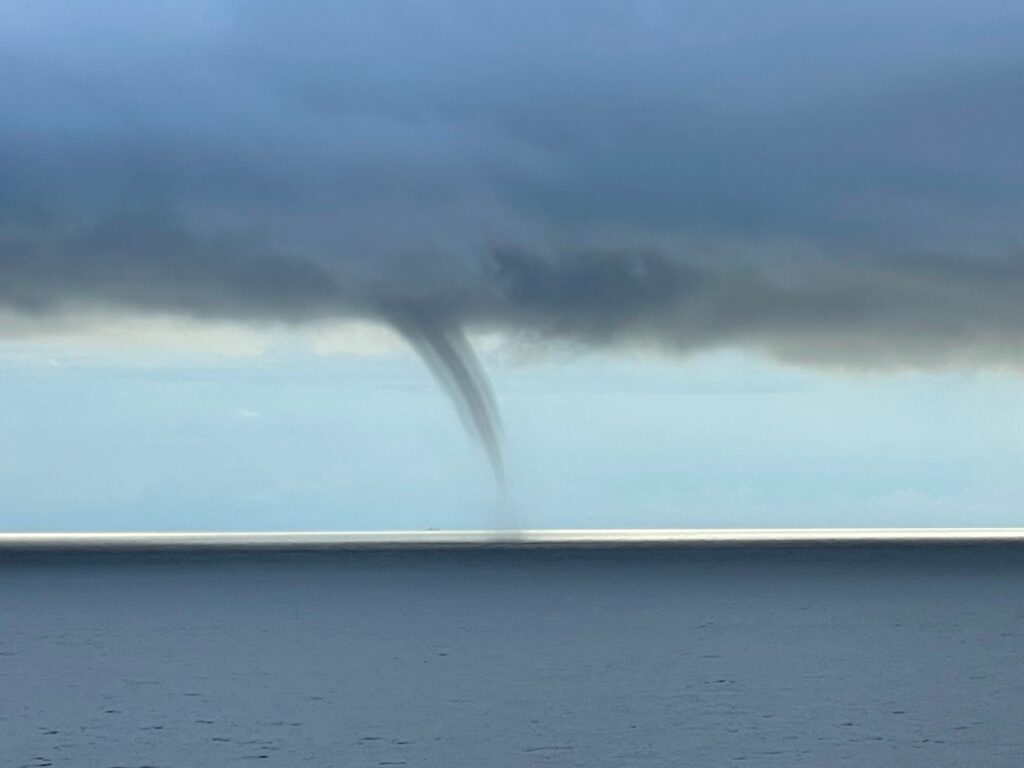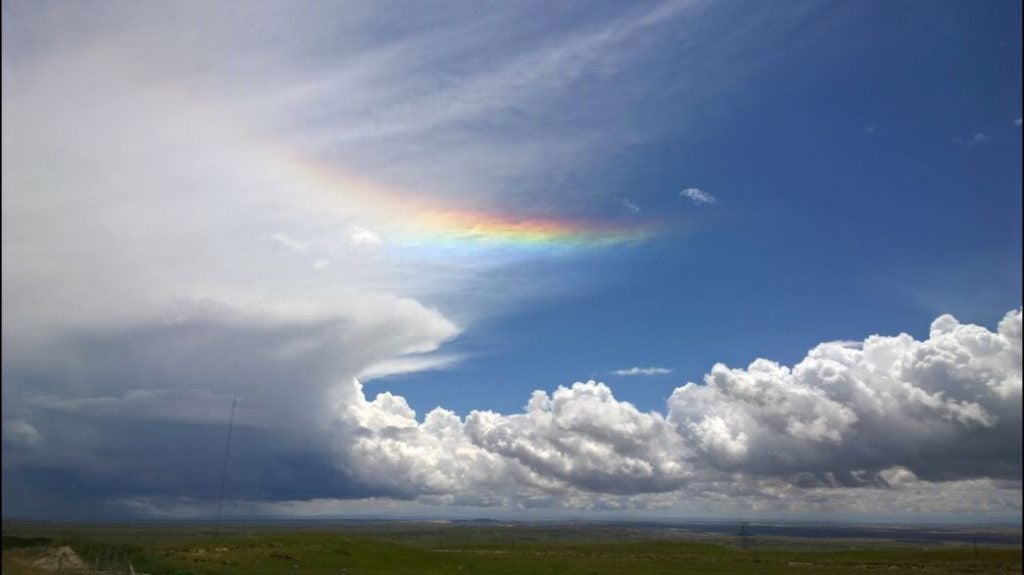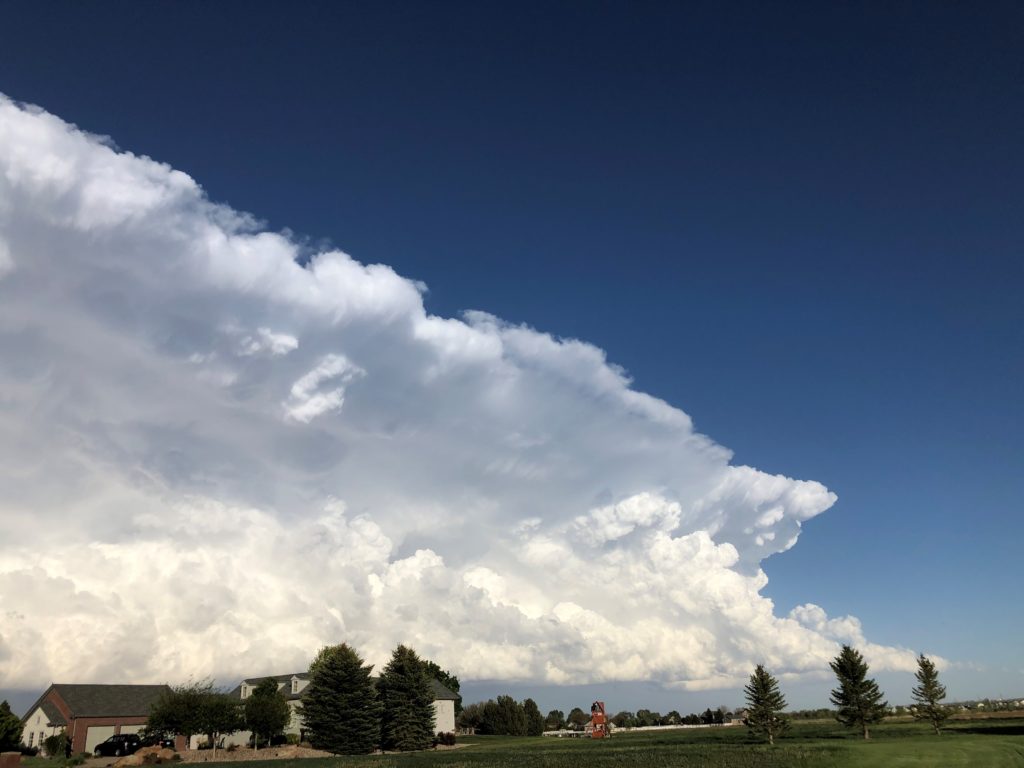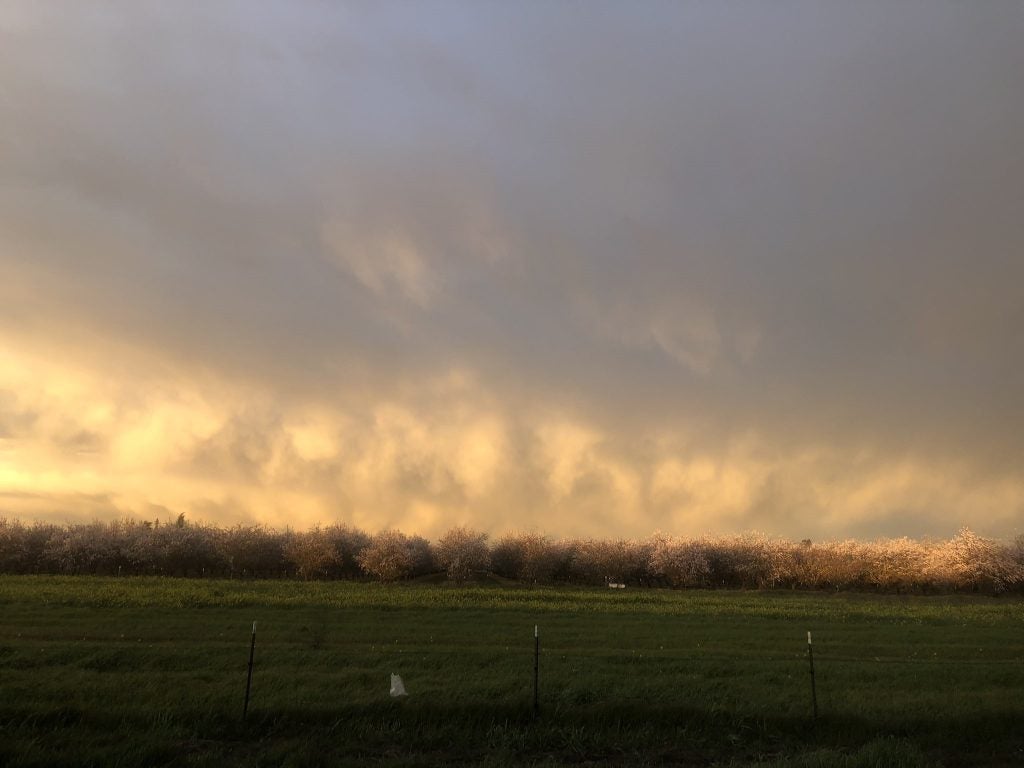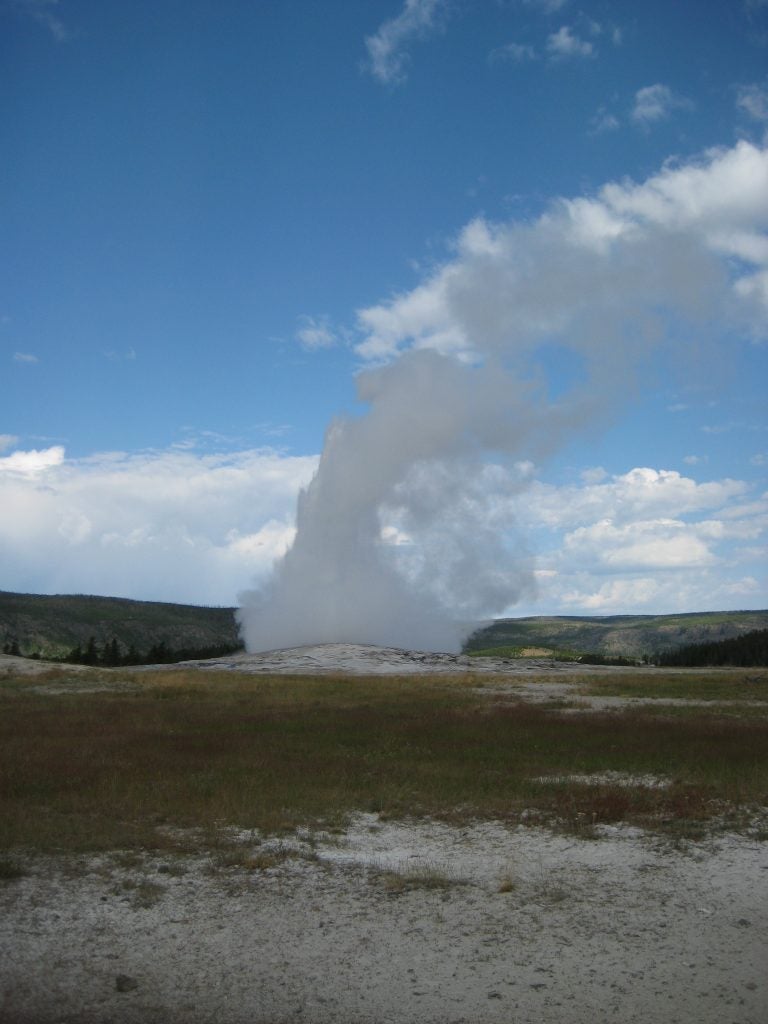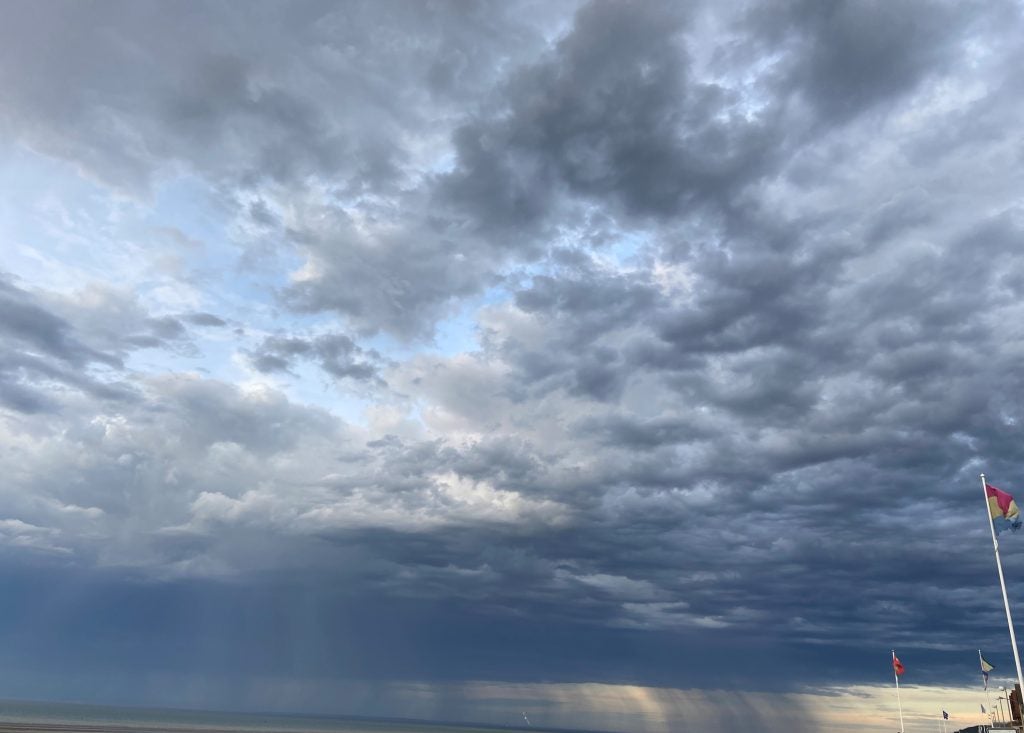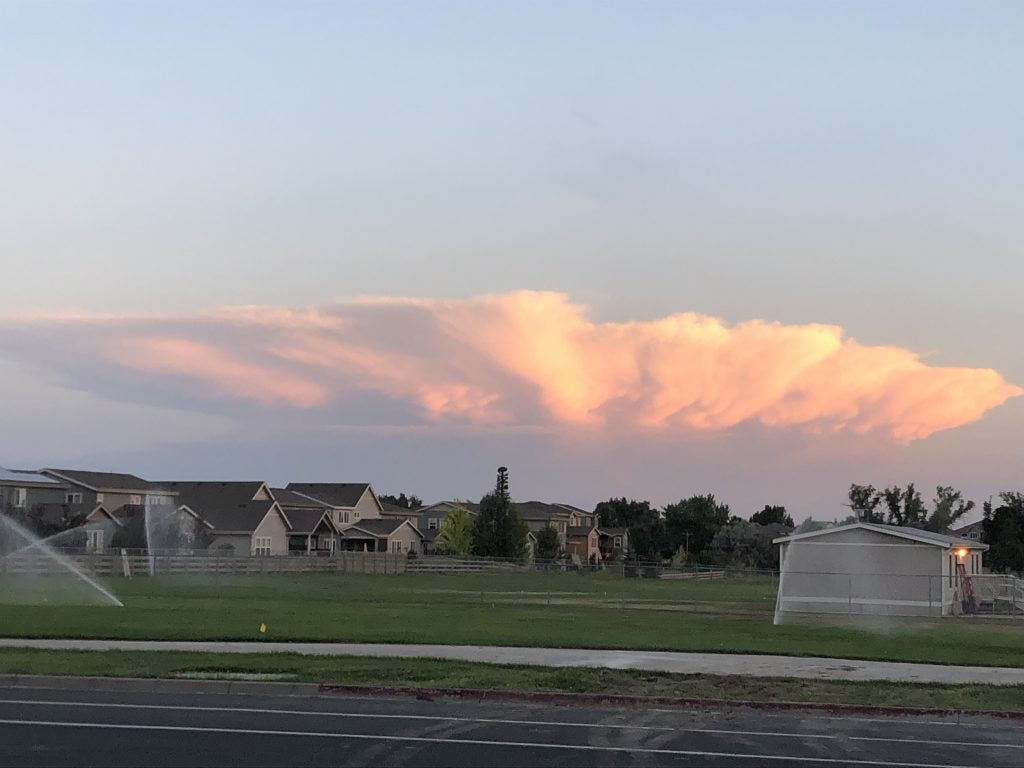Meteorology, atmospheric science, and climate system science is each classified as an applied science. That means that these fields are concerned, as much as anything, with practical, real world problems –making better weather forecasts of hurricane Gert or of cloudiness during the next solar eclipse, or making more accurate predictions of future climate states. These are important and impactful concerns. But sometimes I think we tend to forget that there is still plenty of new physics to be found in the atmosphere. I love these kinds of problems; I have several papers in the works that might be considered pure (by which, ironically, i mean, applied) physics. I was reminded that there are still fundamental aspects of the atmospheric system which we do not understand that are rooted in simple physics by this interesting paper on the momentum budget of a mixture of air and condensing/evaporating rain drops — something most of us who think about clouds on a daily basis have never really considered. We’ve been studying atmospheric physics for over 100 years and yet there is still plenty we don’t understand. This is largely because we fail to translate physics we learned about in college to the atmosphere completely, not because the atmosphere is such a special place that it presents particularly unique physics.
Month: August 2017
My Tweets
UC Davis Cloud Library
Archives
- May 2025
- November 2024
- October 2024
- September 2024
- November 2023
- October 2023
- May 2023
- November 2022
- October 2022
- September 2022
- July 2022
- April 2022
- February 2022
- December 2021
- November 2021
- June 2021
- January 2021
- November 2020
- October 2020
- September 2020
- August 2020
- July 2020
- February 2020
- January 2020
- November 2019
- October 2019
- September 2019
- July 2019
- May 2019
- April 2019
- February 2019
- January 2019
- November 2018
- October 2018
- September 2018
- June 2018
- May 2018
- March 2018
- January 2018
- December 2017
- November 2017
- October 2017
- September 2017
- August 2017
- July 2017
- June 2017
- May 2017
- April 2017
- March 2017
- February 2017
- January 2017
- December 2016
- November 2016
- October 2016
- September 2016





